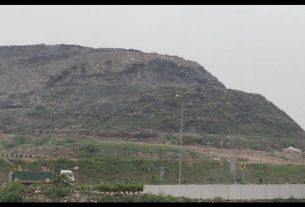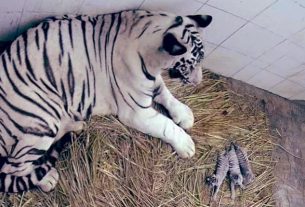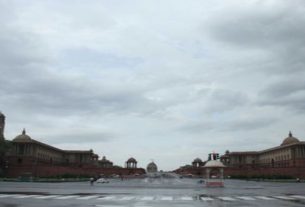A dinosaur with impressive armored plates across its back became mummified around 110 million years ago after enjoying one last meal before dying.And now we know what it ate for its last meal.Dinosaur stomachs and evidence of their diets are rarely preserved. Occasionally, seeds and twigs have been found in the guts of dinosaur remains, but never conclusive evidence about the actual plants.In this case, a muddy tomb encased and preserved the dinosaur so well that even its stomach contents remain to tell us that it was a picky eater.
The leaf fragments and other plant fossils were preserved down to the cells,” said David Greenwood, study coauthor, Brandon University biologist and University of Saskatchewan adjunct professor, in an email.The nodosaur, known as Borealopelta markmitchelli, was found in 2011 during mining operations north of Fort McMurray in Alberta, Canada.



